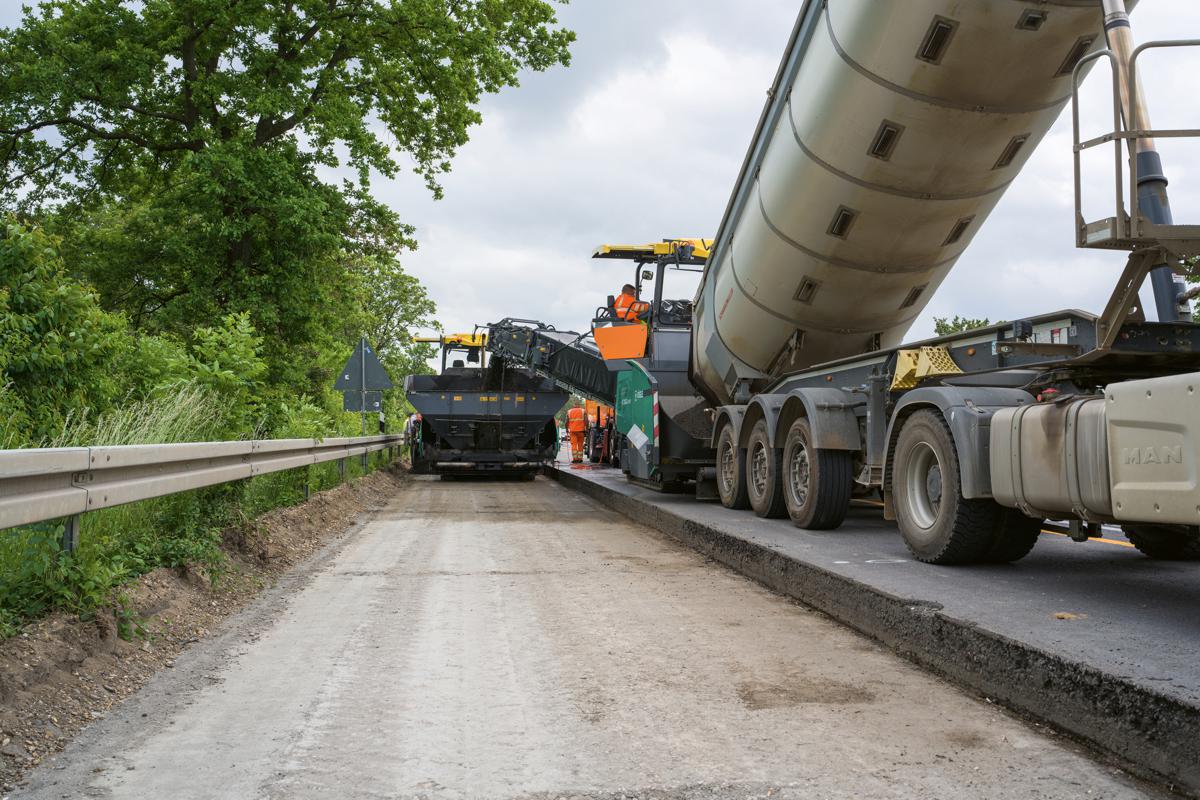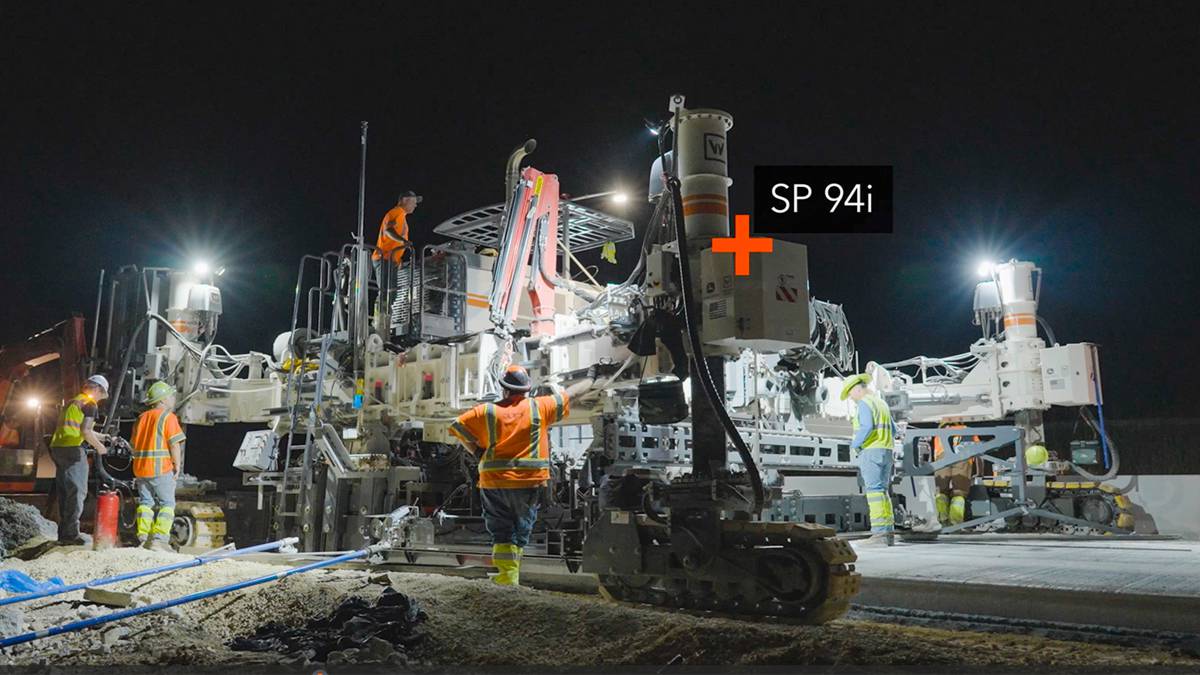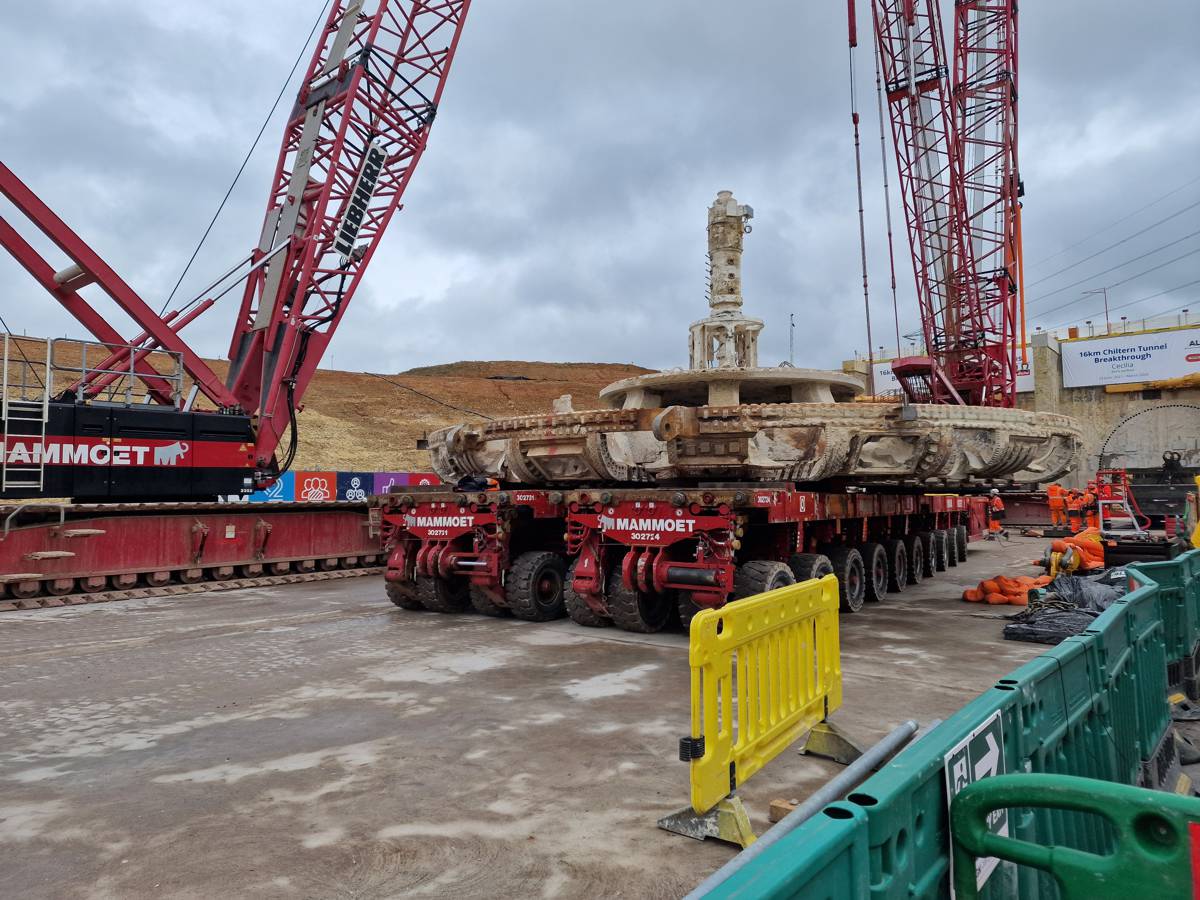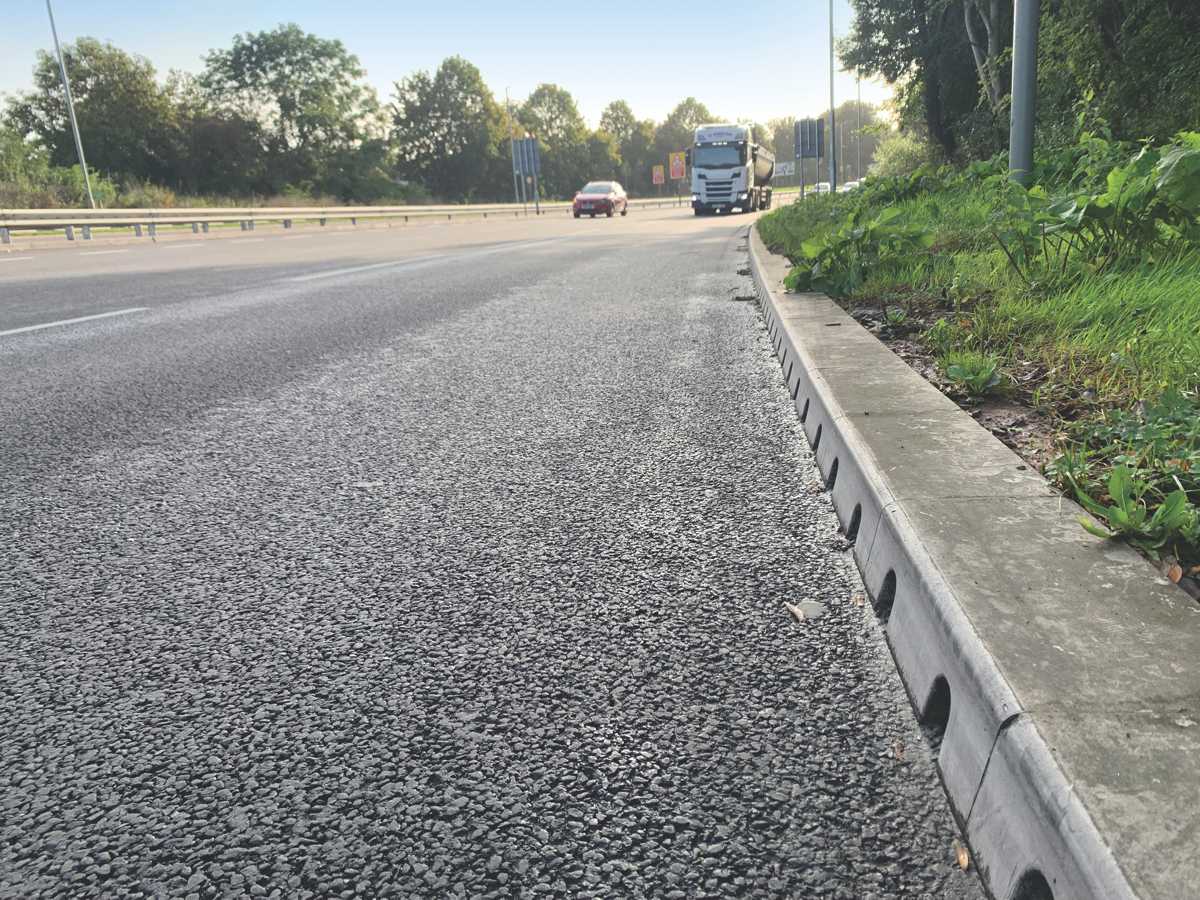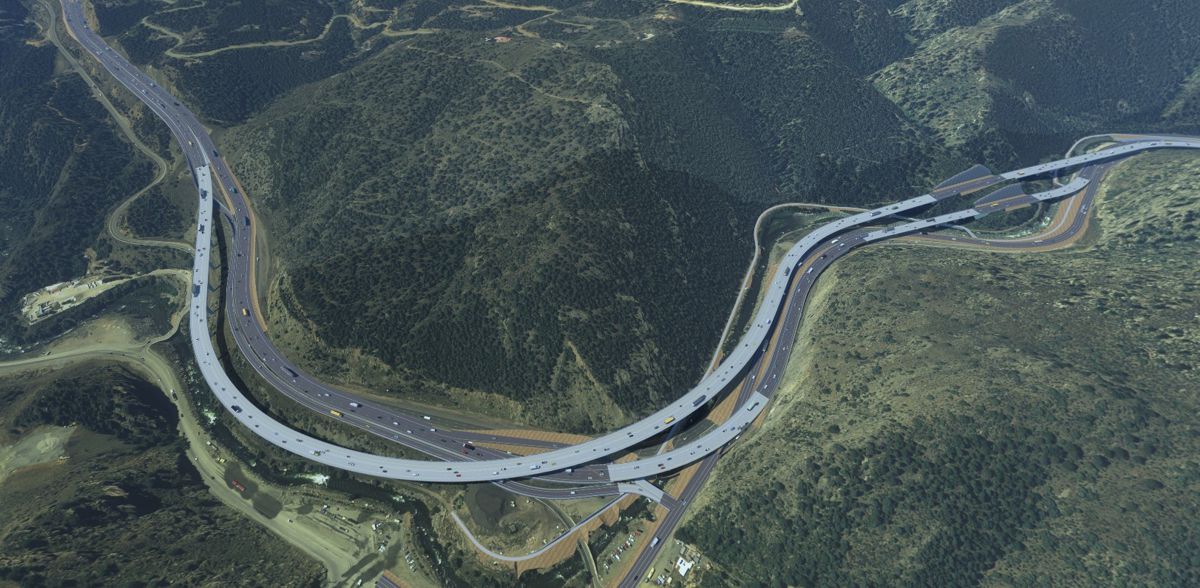What is Rotary Drilling and How Does It Work?
Rotary drilling has withstood its popularity over the years, being the most common method of drilling used for an assortment of different projects.
Archaeological records show that even the Egyptians might have used a similar technique and the method can be dated back as far as 3000 B.C.
Borehole Solutions, a geotechnical drilling company based in Essex, is one of the many companies which offer this method of drilling. John Rodgman, MD of Borehole Solutions, has provided his expertise, outlining where and when rotary drilling is used and what the pros and cons are in any project which includes this process.
The Rotary Drilling Process
High levels of torque and rotation are utilised by rotary drilling rigs. The rotation of the drill bit bores through the rock formation at a speed between 50 and 120rpm. Fixed cutter bits, better known as PDC bits, and roller-cone bits are the two primary forms of drill bit. Both are exploited frequently in the industry.
The PDC drilling, which stands for polycrystalline diamond materials, is one of the most important material advances for oil drilling tools. When drilling with a PDC bit, it is always necessary to use either air or drilling fluids to reduce friction on the drill bit. Furthermore, it is also important to cool the borehole to ensure the drill can continue to run faultlessly and mitigate any risks of the process going wrong.
PDC bits are manufactured in two styles, both of which differ slightly in their capabilities. These are Matrix-body bits and Steel-body bits. The Matrix-body has some limited features, such as blade height, and thus has a lower impact toughness. On the other hand, Steel-body bits are best for complex bit profiles and hydraulic designs.
What Rock Formations Does Rotary Drilling Suit?
Rotary drilling rigs can be implemented in a variety of geological formations, due to its versatile and unique form of drilling. One thing to consider is the type of borehole that is being drilled. When drilling deeper boreholes, rotary drilling using air would be more suitable, whereas mud rotary is more appropriate for unconsolidated formations, such as sand and gravel. This is because mud rotary requires rapid rotation to drill into the open and fluid-based hole. An additive is added to the drilling fluid during the mud rotary process which coats the sides of the borehole to ensure it is supported mid operation.
Pros and Cons of Rotary Drilling
The intense speed and general flexibility of the rig, paired with its ability to produce incredibly high-integrity results, makes them an essential member of any geotechnical drilling companies fleet. In addition to this, the construction accuracy is always high and the rig makes a minimal amount of noise, which is ideal for a construction project being carried out in urban or residential areas.
That said, drilling processes take many forms, which means not one of them can be perfectly suited to every possible scenario. Though there are two main forms of drilling which can cover most drilling needs – air and mud rotary – there is occasionally the necessity to explore a different method, such as dual rotary or reverse circulation. Where one method may be unsuitable for a specific job, another will see it completed to an impeccable standard.
Rotary drilling is an extremely resourceful and versatile process and will remain a firmly rooted method in the geotechnical drilling industry.









